Year SIX CLP 2025
Sydney Science Park Showcase
This term we have been working with Sydney Science Park to create an innovative idea and solution for their new suburb.We focused on the pillar Circular Economy, and followed the process of empathise, define, ideate, prototype with a process journal to develop our idea.We used physical, verbal and digital presentation options such as models, posters, website and a speech to convey our idea and explain it to our audience.We did lots of research during the term to develop our initial thinking.
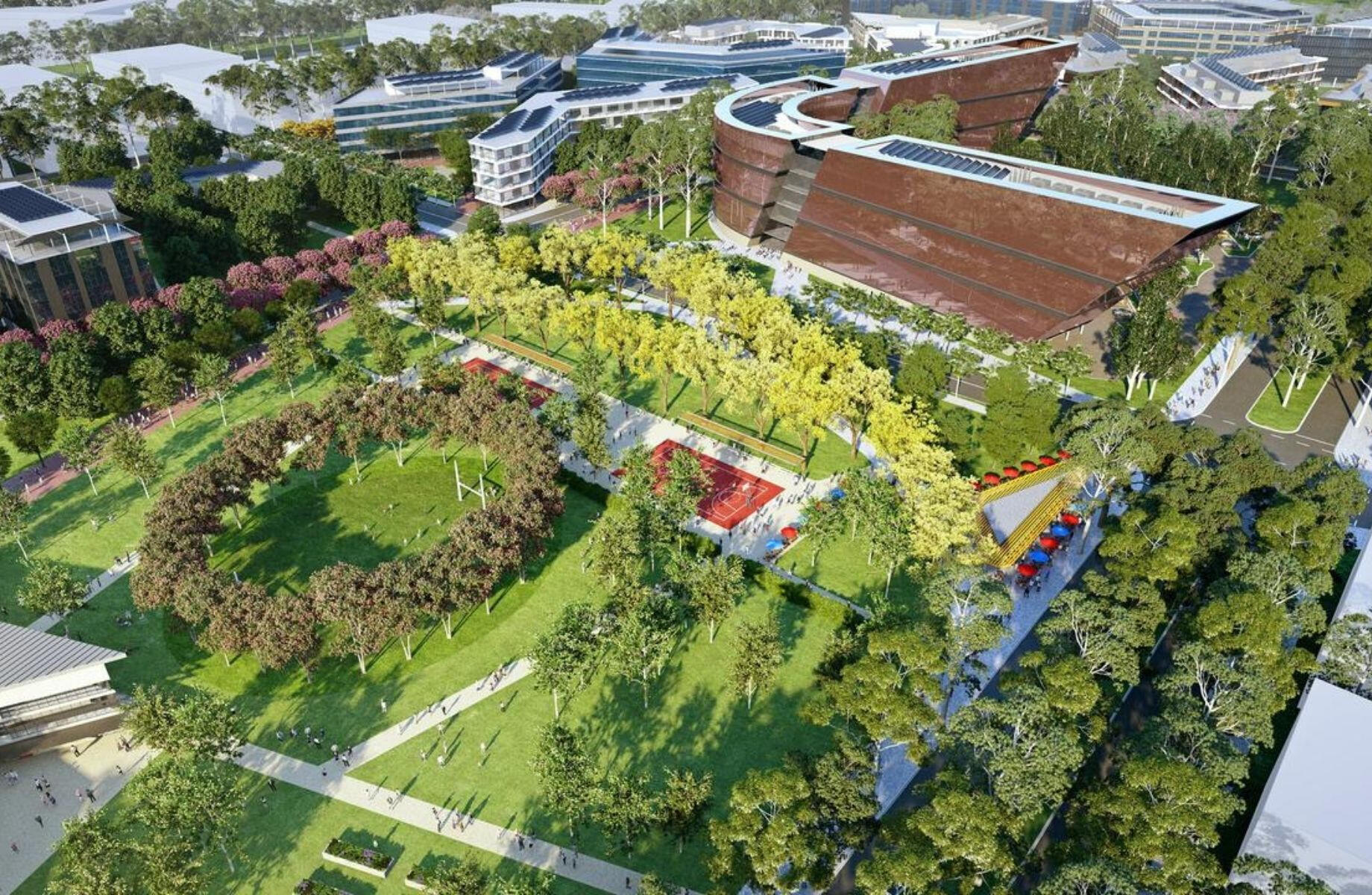
Our Idea
We are using the process of anaerobic digestion to create energy, heat and fertiliser to grow crops more efficiently on a nearby farm.The chutes will be connected to houses with airtight seals and will use AI machine learning to check for any leaks as well as air filtration systems to mitigate the smell of the pipes and food storage, digestate and anaerobic digestion.The anaerobic digestor creates biomethane which is a renewable energy source that will travel to houses using a small transmission tower. The heat from this will also be sent to houses to power flooring.
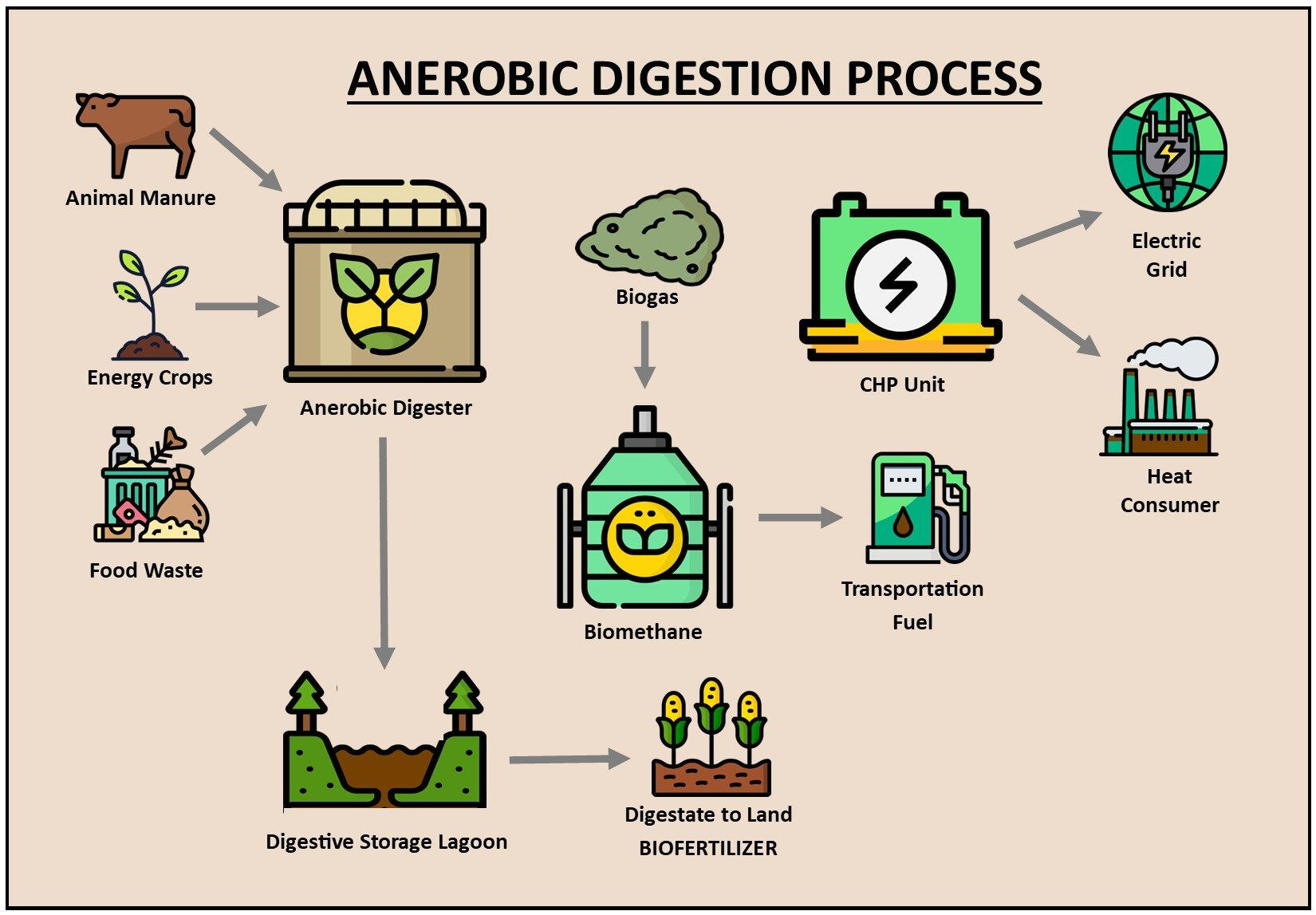
The left over digestate in the machine will be sent to a local farm to grow crops. This anaerobic digestor and storage areas will be generally remote to further mitigate the smell and noise.To integrate Place in Country into our design, we will hold workshops where locals are able to weave various items such as rugs, baskets and nets out of a plant called ravea.This process was first practiced by Indigenous Australians. As well as this, to make sure that during low productivity levels the energy will be stored in a battery to ensure use throughout the day is smooth.
FUN FACT
The biomethane created through anaerobic digestion is so clean and powerful that it can fuel buses, heat homes, and even generate electricity; just from food scraps and waste that would otherwise end up in landfill!
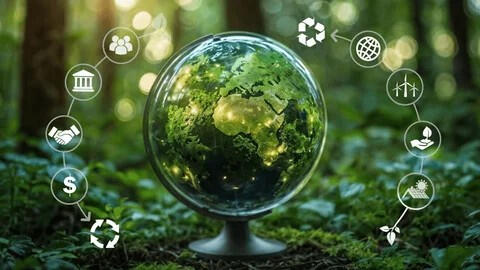
Circular Economy
Innovative circular economy solutions like turning old clothes into new fabric, using food waste to grow crops, or designing buildings with recycled materials help reduce waste and keep resources in use for longer.When creating these big ideas, it's important to think about cost, how easy it is for people to use, and whether the solution works well in different communities.Designers also need to plan for safety, maintenance, and how to teach people why the system matters so everyone can take part.
Sydney Science Park
Sydney Science Park is a new area being built in Western Sydney that will focus on science, technology, and innovation.It is designed to bring together scientists, researchers, students, and businesses to work on new ideas and help solve real-world problems. The park will have schools, universities, labs, and places for people to live and work.It is being developed by a company called Celestino and is located near the new Western Sydney Airport. The goal of Sydney Science Park is to create more jobs, support education in science and technology, and help Australia become a leader in research and innovation.
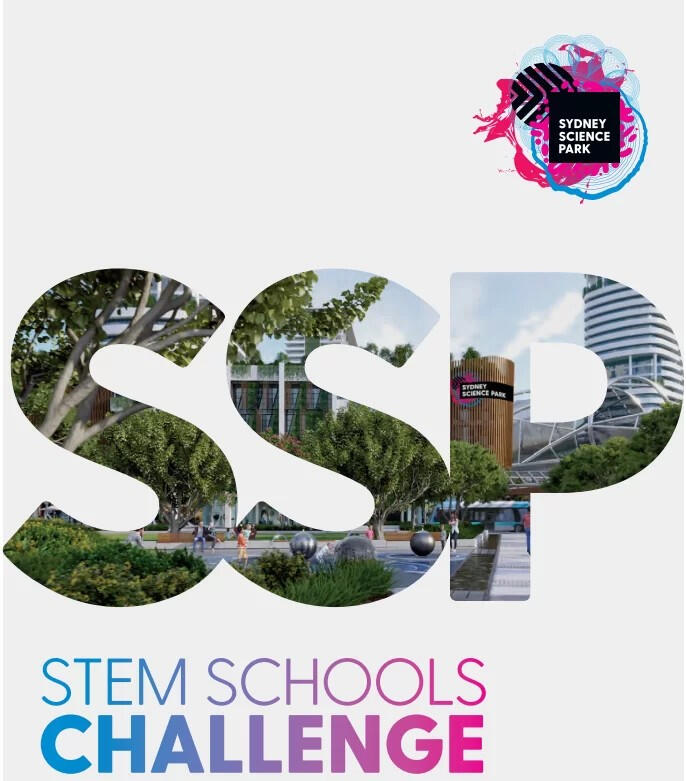
Existing Research
Research supports the use of anaerobic digestion to turn food waste into useful products like biomethane for energy, heat, and digestate for fertiliser. Studies show this process can reduce waste, power homes, and support farming.Using AI to detect leaks and air filters to manage odours is also backed by recent technology developments.Battery storage helps keep energy use consistent, even during low production.Placing the system in remote areas reduces noise and smell, making it more suitable for communities.Including workshops that teach traditional weaving with the ravea plant connects the project to Indigenous culture and respects Place in Country.
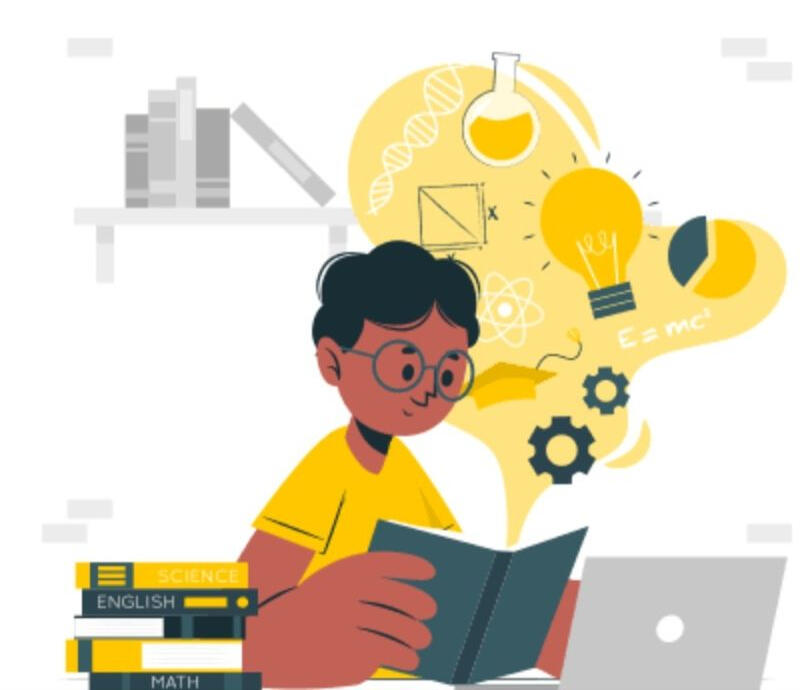
Our Diagram
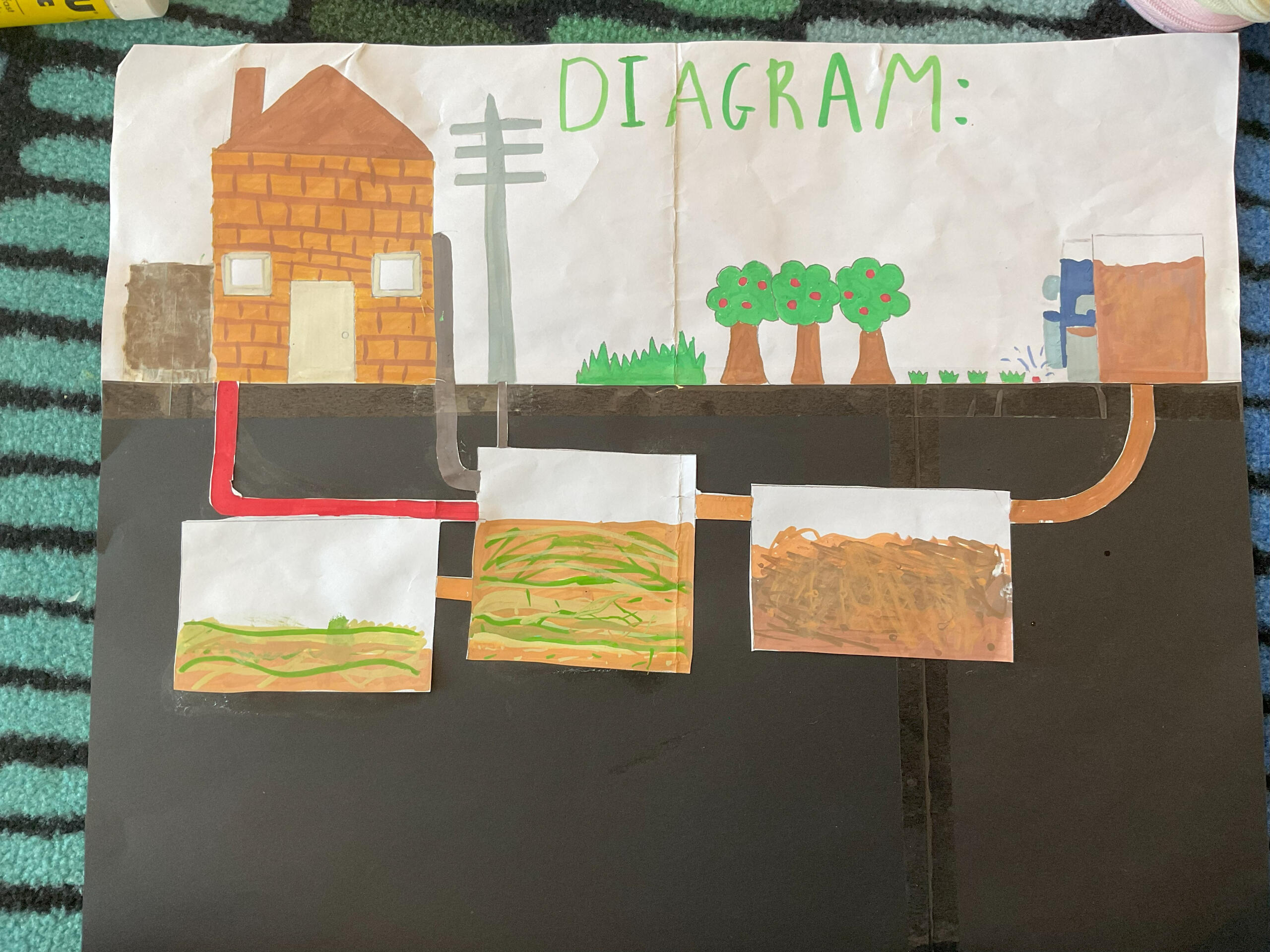
Team Members
Our team members are Annika Bou, Lara Byrnes and Isa-Leena Cardoso.
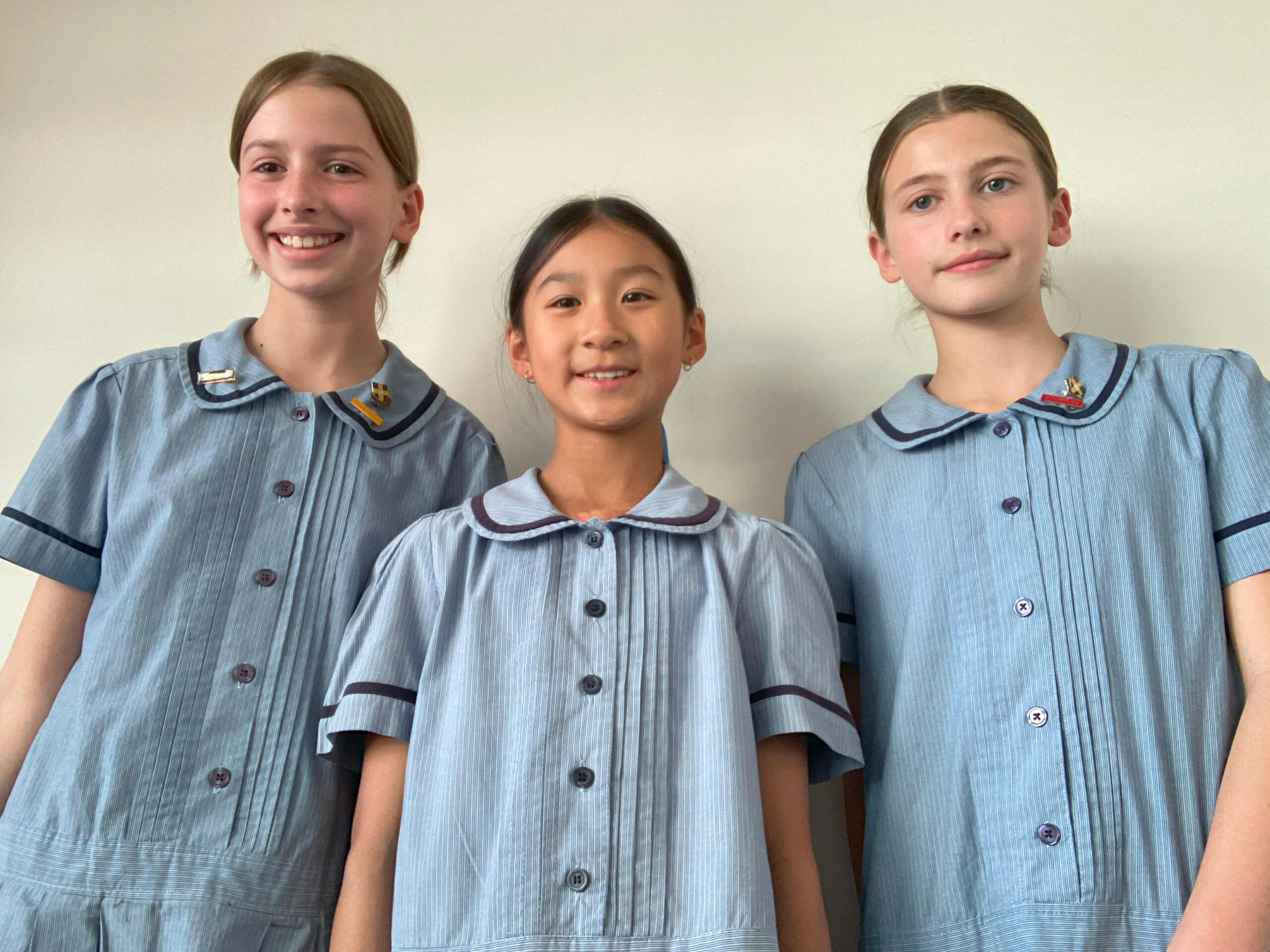
Thank you for viewing our website